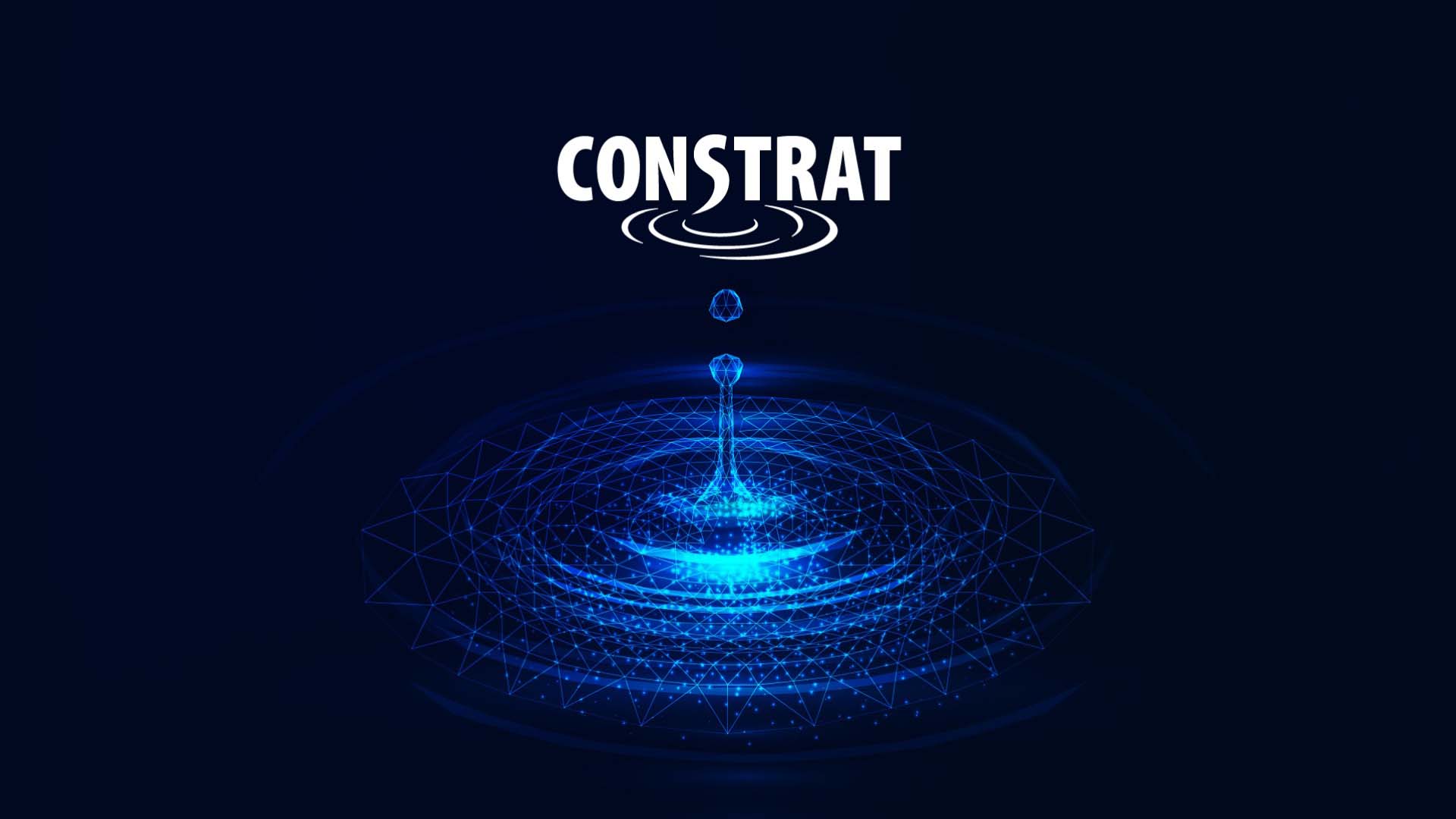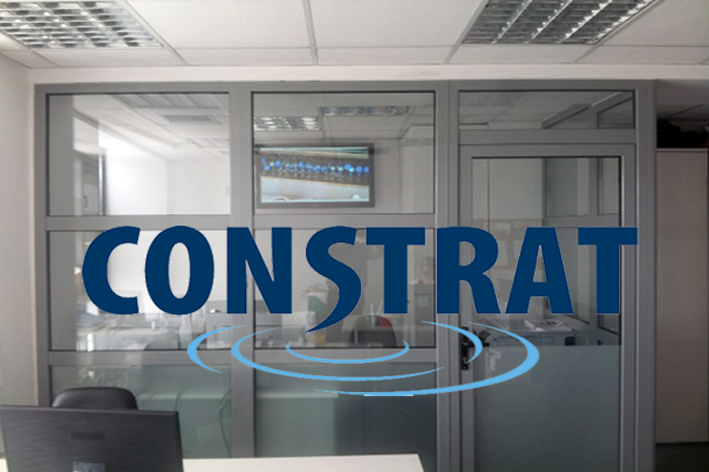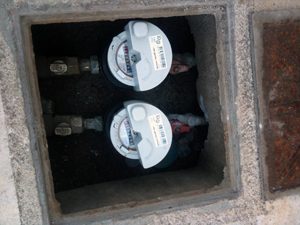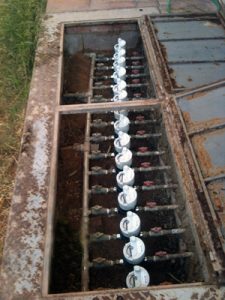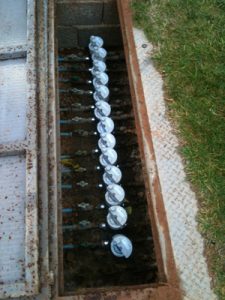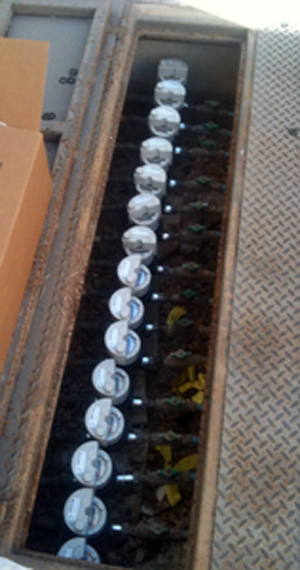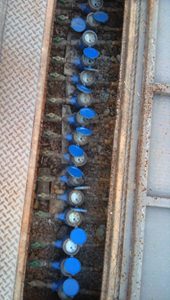PROJECT DESCRIPTION
The aim of the system is the continuous monitoring and supervision of important parameters of the operation of the water supply system (flow, pressure, consumption, energy management…. etc.), the collection and storage of relevant data and the execution of operations to control the active elements of the water supply system.
Στο σύστημα περιλαμβάνονται:
- Supply and installation of 4 Type A Stations for the control of the Zone’s power supply, mounted, with all materials and materials, in full and uninterrupted operation and in two way communication with the CCS.
- Supply and installation of 8000 Type B Stations for the control of the final consumer’s supply, installed, with all the materials and accessories, in full and uninterrupted operation and two-way communication with the CCS.
- Supply and installation of (4) Local Water Supply Stations (LWS) at key points of the distribution network at the interconnections of the water supply zones of Agia Marina, as well as the required equipment where the Network Pressure (PRV) is automatically adjusted, flow and pressure are measured at thes nodal points of the zones of the interna aqueduct.
- Central Control Station (CCS) for the complete management, collection, visualization, recording, and processing of measurements, alarms, and other system parameters, with all the required software, peripherals, materials, and components.
Benefits of the system during operation:
- Monitoring and recording the flow of each zone
- Monitoring and recording the consumption of each zone.
- From the above two detection of leaks in each zone.
- Calculation and recording of nighttime consumption for the immediate identification of potential leaks in each network section.
- Monitoring and recording of the pressures in the network zones for the immediate (24-hour) detection of faults.
- Statistical data for consumption and the ability for forecasting and scheduling.
- Ability to reduce pressure and consequently minimize hidden leaks during hours when supply is not needed.
- Dealing with malicious actions (destruction of the water meter, reverse installation, etc.).
- Reduction of response time for addressing any faults by notifying technicians through the system.
- Immediate detection and recording of leaks from end consumers (the consumer's water meter never stops recording), resulting in better service and protection for the citizen.
- Maximizing the reduction of errors that occur during meter readings, as well as saving time for other tasks for the responsible employees.
The system is based on the remote recording of the measured parameters of the network and the wireless transmission of the data to the Central Control Station.
Specifically, each entry station of the zones(Type A Station),through the data collection unit (data logger), collects the measurements of pressure and flow from the measuring instruments and sends them to the central control station.
Throughout the 24-hour period, the data collection unit monitors whether the measured parameters are within the limits set by the operator. In case of exceeding the limits, the local unit sends a warning message via the GSM network to the central station. The consumption measurement is recorded on the meter installed at the end consumer's location. (Type B Station). The flow through the mechanical meter is recorded and converted into a digital signal. It is then recorded and stored locally via the local concentrator. Through the modem and repeaters, the data is wirelessly transmitted to the central measurement concentrator. From there, the data is sent via the GPRS mobile network to the Municipality's Control Center. The network operator has the ability to identify potential leaks from the end consumer, protecting them from overcharges and possible material damage, detect malicious actions such as meter reversal or meter removal, recognize the under-registration of meters, detect the possible installation of a measurement bypass, and accurately calculate the consumption profile of network consumers. This allows for the extraction of important conclusions regarding the selection of materials (nominal flow rate of water meters, cross-section, etc.) that are most suitable for the network, planning potential network maintenance activities, scheduling periods of low consumption for minimal disturbance to citizens, and more.
All communication from the Type B station to the Central Concentrator is carried out through a wireless RF network at the radio frequency of 868.00 MHz.
With the EETT decision 521/32, for short-range devices operating in the radio frequency range of 863.000-868.000 MHz, no individual usage rights are required.
With the Executive Decision of the European Commission on December 11, 2013, the decision 2006/771/EC was amended, and the previous decision 2005/928/EC was repealed. With this decision, frequency range 47 (865-868 MHz) is allocated for use by "... non-specialized short-range devices..." (such as telemetry, remote control, etc.), with a maximum transmission power of 25 mW and a deadline for implementation by member states of July 14, 2014.
Despite the widespread skepticism regarding the success of the project (with forecasts for low system performance in full operation), we have the following to say:
- Leak Detection
During the operational phase, more than 400 consumers with leaks in their internal networks were identified, and gradual phone and written notifications have been initiated to ensure the leaks are repaired. Additionally, 12 breaks in the central pipeline have been detected (negative registration of multiple meters in one area), 742 meters with no consumption that require further investigation for potential bypass installation, and 6 meters that were installed incorrectly in reverse during the installation process.
- Job Positions
More than eight (8) new job positions were created during the construction phase and at least three (3) during the operation phase.
- Collection of measurements
As of the time this article is being written, the operation of the network for 7,795 installed Type "B" stations is EXCELLENT, and the communication and collection of measurements are continuous, except for 30 stations, for which a check will be conducted in the coming days for potential malicious damage, vandalism, accidents, or other reasons. It is important to note that the success rate of measurement collection is 99.9961%.
- Statistical data
Creation of a measurement file for any measurement date for 7,795 meters in 195 seconds and immediate invoicing. Creation of a measurement file for any date with hourly analysis for any meter and export to a .pdf or .txt file in 850 msec, for email sending or direct printing, ensuring exceptionally high productivity, minimizing complaints and wasted time at the Front Desk – Customer Support, and greatly enhancing the reliability of the Water Supply Service (anyone who has worked in water supply knows the consumers' view of the reliability of the classic metering system, the actual frequency of measurements, etc.).
- Billing Optimization
Directive 2000/60/EC recognizes that water pricing is a key tool for achieving environmental goals and sets the objectives and priorities that should govern pricing policies (Article 9.1). This action aims to provide incentives for users to use water more efficiently, adopt measures for pollution reduction and water conservation, save resources, improve project planning to meet actual needs, and, depending on the elasticity of demand, achieve lower charges and greater social benefits.
- Radio frequency spectrum burden
A common question that arises concerns "the radiation emitted" by the wireless network. It should be emphasized here that with the help of the program from the National Technical University of Athens and the web platform pedion24.gr, there is absolutely no burden on the 100kHz-3GHz frequency spectrum after the full deployment of the system as developed by the NTUA.


